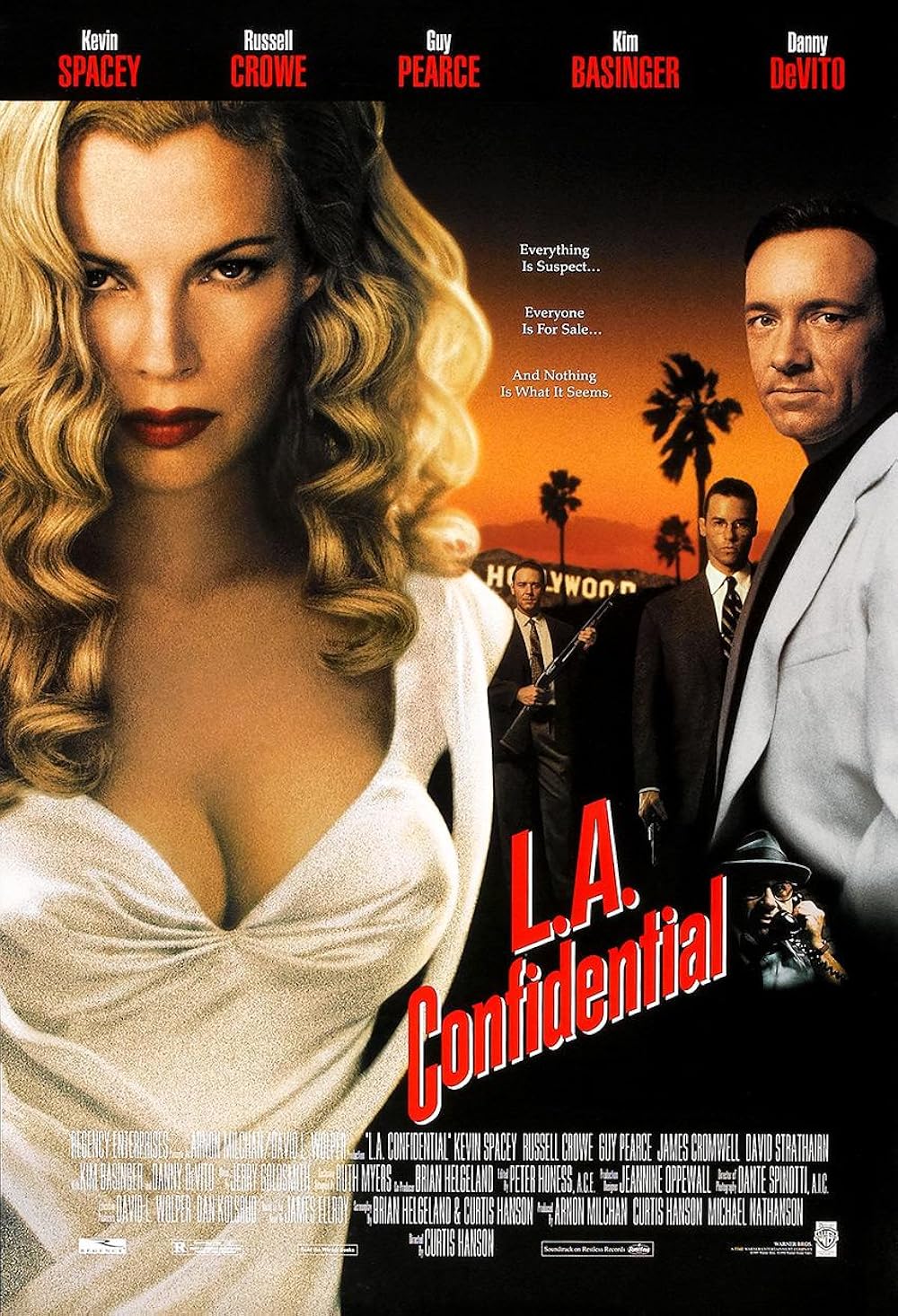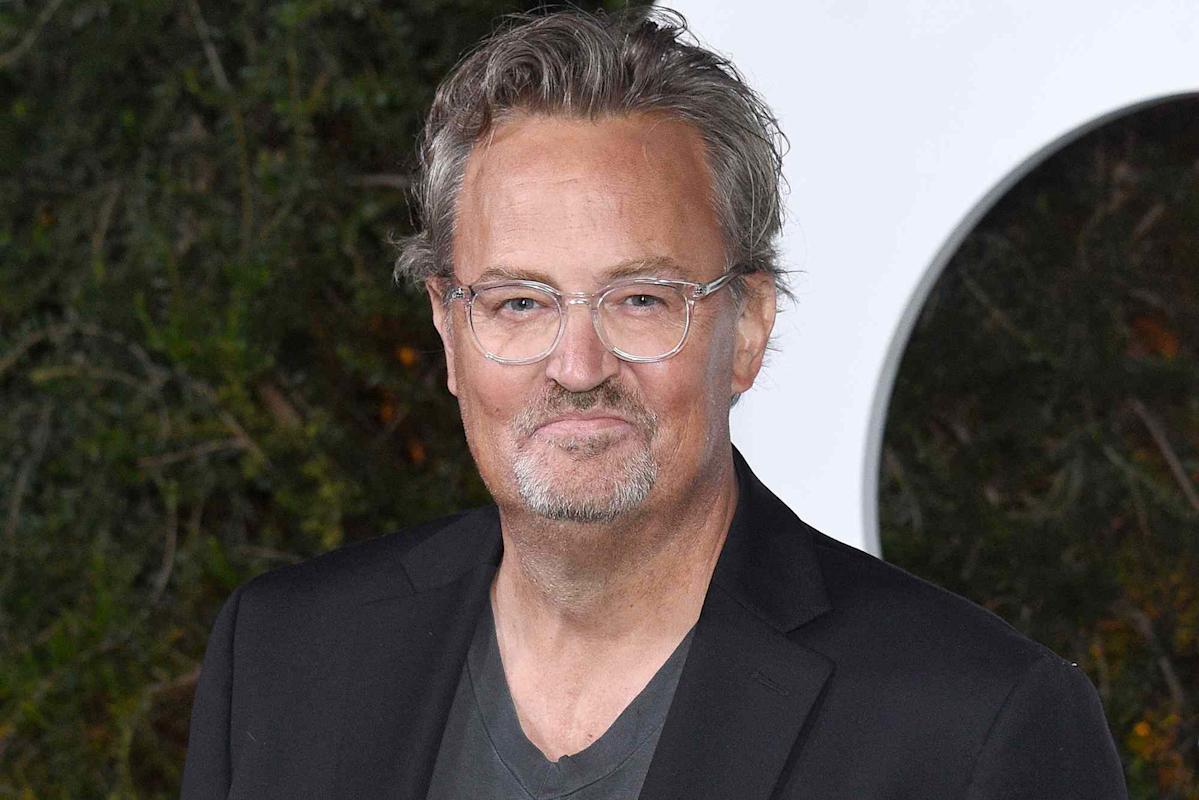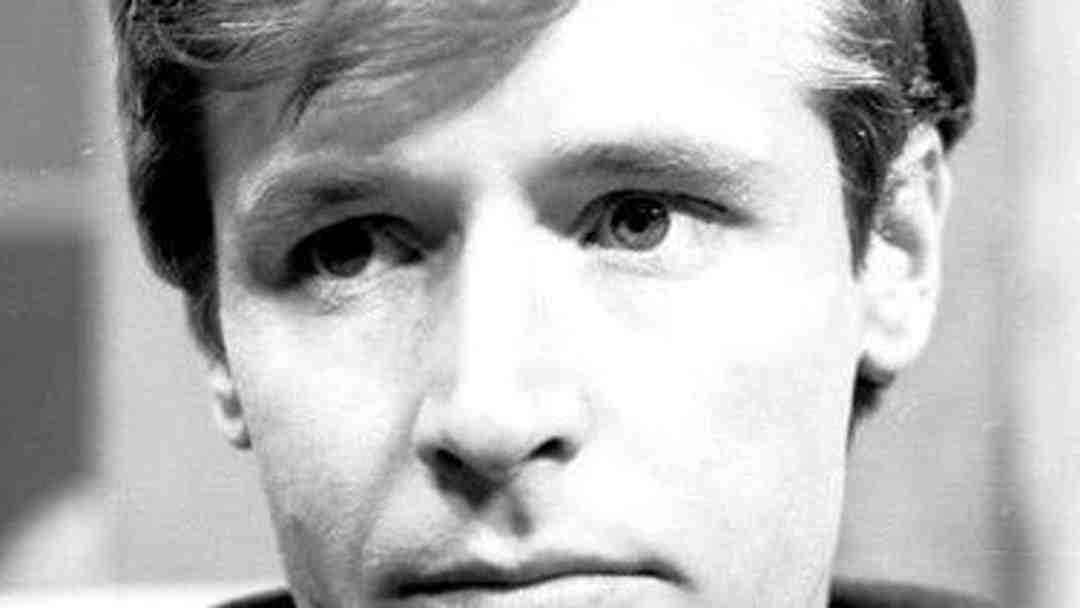
Introduction
La Confidential, a culmination of fiction and reality, explores the gritty crime scene of Los Angeles during the 1950s through the lenses of crime, corruption, and celebrity culture. The novel, penned by James Ellroy, became a cornerstone of modern crime literature and was later adapted into a critically acclaimed film. Its relevance resonates even today as issues of crime and media sensationalism continue to shape perceptions around law enforcement and justice in contemporary society.
The Crime Landscape
Set in a post-World War II Los Angeles, the narrative delves deeply into the city’s underbelly, revealing a tapestry woven with the lives of police officers, criminals, and the mainstream media. The recent increase in gang-related activities and the city’s struggle against drug trafficking echoes many themes from Ellroy’s work. Public officials and law enforcement agencies have pointed to the necessity of understanding the past to address the pressing crime issues of today. Statistics from the Los Angeles Police Department indicate a fluctuating rise in violent crimes, pinpointing the ongoing challenge of maintaining safety and public trust.
Cultural Impact
La Confidential has significantly influenced both literature and film, marking a transformation in how crime stories are depicted on the screen. The movie adaptation, which won two Academy Awards, showcased the interplay between personal ambition and systemic corruption, prompting discussions about morality and ethics in a sprawling urban environment. Furthermore, the film ignited interest in the ‘noir’ genre, inspiring a resurgence of crime dramas that continue to enthrall audiences today. Social commentators highlight how such narratives reflect societal fears and serve to scrutinize institutions that are meant to protect citizens.
The Modern-Day Relevance
As Los Angeles continues to grapple with crime-related challenges, the legacy of LA Confidential remains pertinent. The issues presented, from police misconduct to media representation of crime, resonate within current debates around police reform and the societal responsibilities of the press. The reflection of historical events in today’s context invites citizens and lawmakers alike to re-evaluate the interplay of crime, culture, and community.
Conclusion
Overall, the relevance of LA Confidential transcends its narrative, providing critical insight into the enduring issues faced by one of America’s largest cities. As the population evolves and crime patterns shift, revisiting works like Ellroy’s serves as a reminder of how history shapes present realities. For readers and viewers today, LA Confidential remains not just a story about crime and corruption, but a call to understand and engage with the ongoing dialogue about justice and representation in society.
You may also like

Remembering Matthew Perry: A Look at His Life and Legacy

The Enduring Legacy of James Madison
